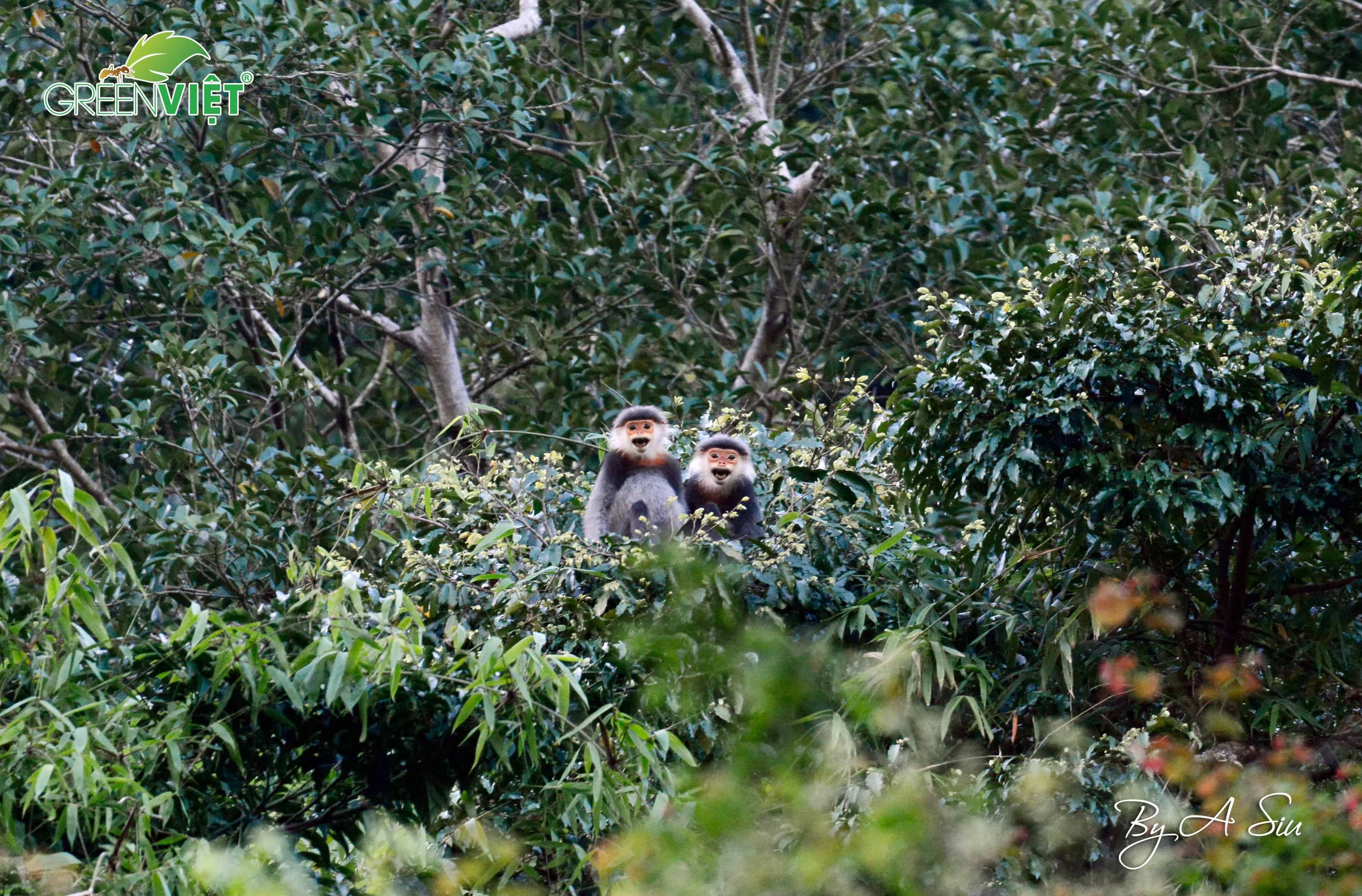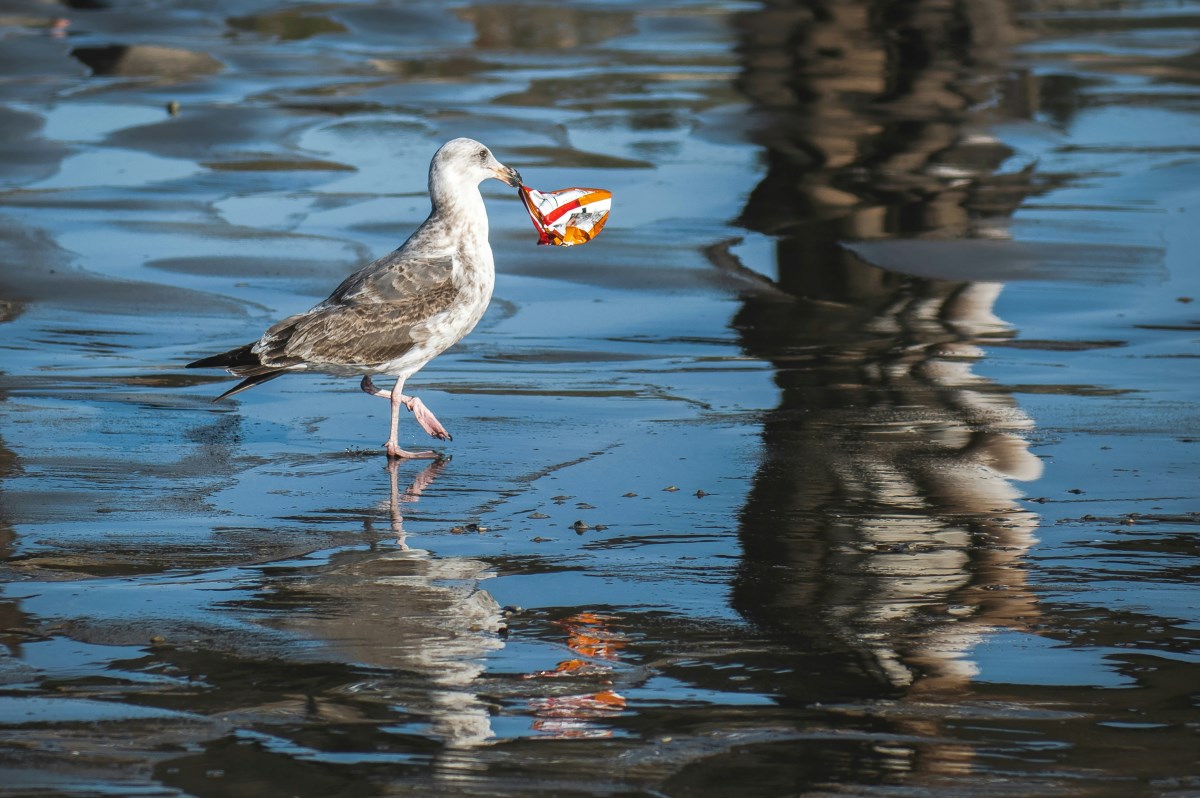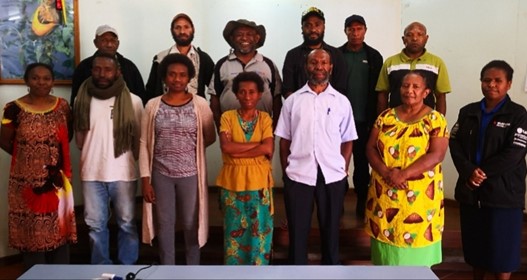The book Freshwater: The Essence of Life, published in 2010, made the case that “freshwater ecosystems are the ultimate biodiversity hotspot. They contain a greater concentration of life than anywhere else and are seriously imperiled”. Ten years on, these facts remain true, and this year, World Wetlands Day on February 2 is focused on Wetlands and Biodiversity. The day highlights the rich diversity of wetlands, while raising awareness about their plight and how we can act to reverse their loss. World Wetlands Day also marks the signing of the Ramsar Convention on Wetlands on February 2, 1971.
These ecosystems and their associated biodiversity face disproportionately high levels of threat.
Wetlands extend across inland and coastal zones. They include the rivers, lakes, marshes, swamps and other ‘wet lands’ found inland. But the Ramsar Convention also includes coastal wetlands such as saltwater marshes, estuaries, mangroves, lagoons and coral reefs in its definition. This is important because inland and coastal wetlands are inextricably linked to each other, and with the terrestrial landscapes through which they run. It is for this reason that members of the IUCN Species Survival Commission are promoting the concept of the ‘aquascape’ – a term that highlights the connectivity of fresh, marine and ‘transitional waters’ (those waters between the inland and sea waters, such as estuaries, lagoons and deltas), as well as the ecological processes that occur across them.
For example, sediment picked up by the Marañón River – one of the world’s few remaining long, free-flowing rivers, located in the upper part of the Amazon basin – is a major contributor to the sediment load of the main part of the Amazon. Impacts to the Marañón, caused by proposed dams and massive dredging on the upper Amazon tributaries (such as the Hidrovía Amazónica project), would not only have catastrophic impacts on the regional biodiversity of the Marañón, but also on the river channels and floodplains further down the Amazon.













Add new comment